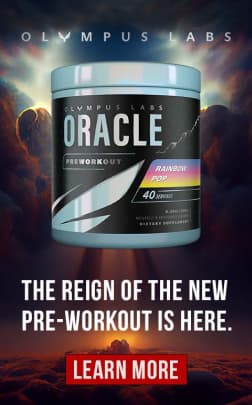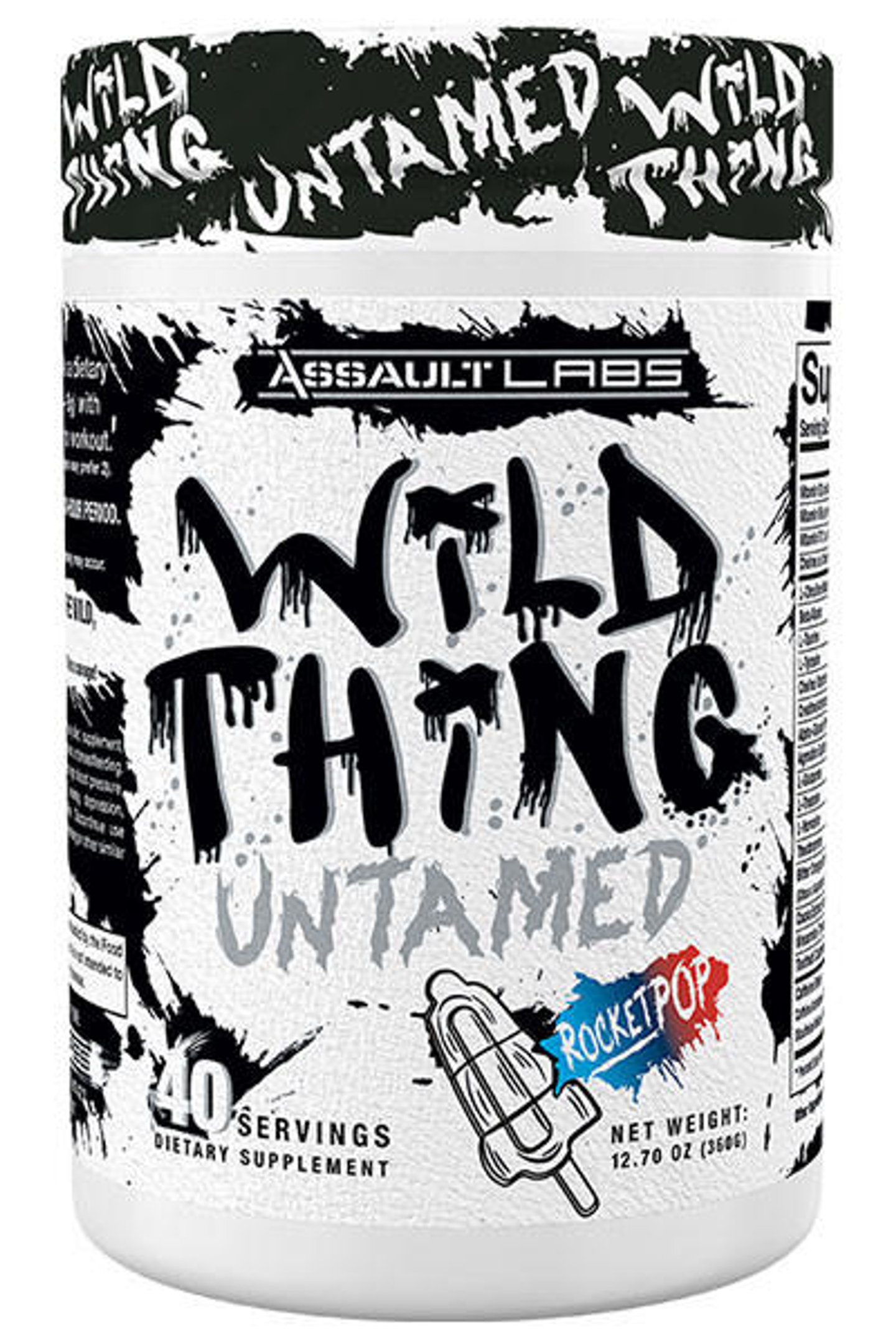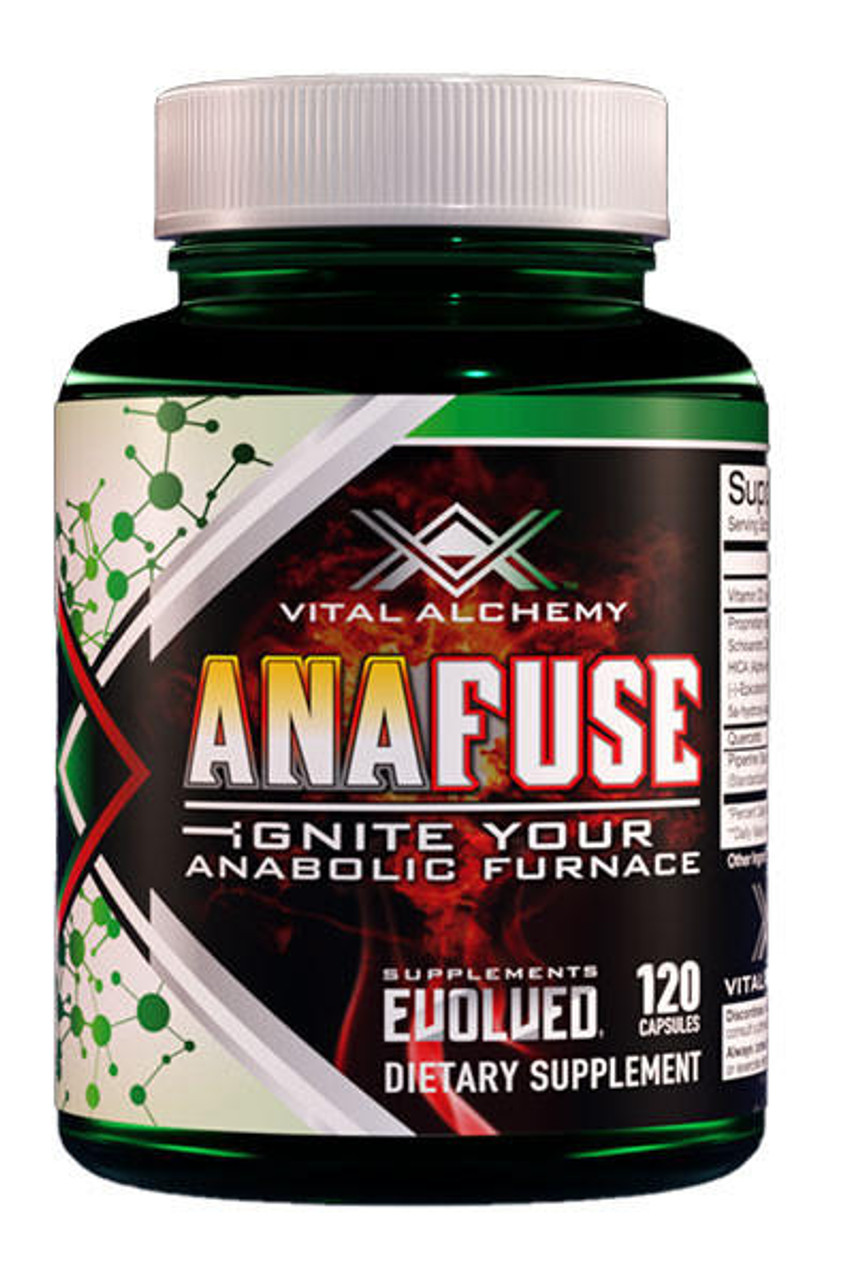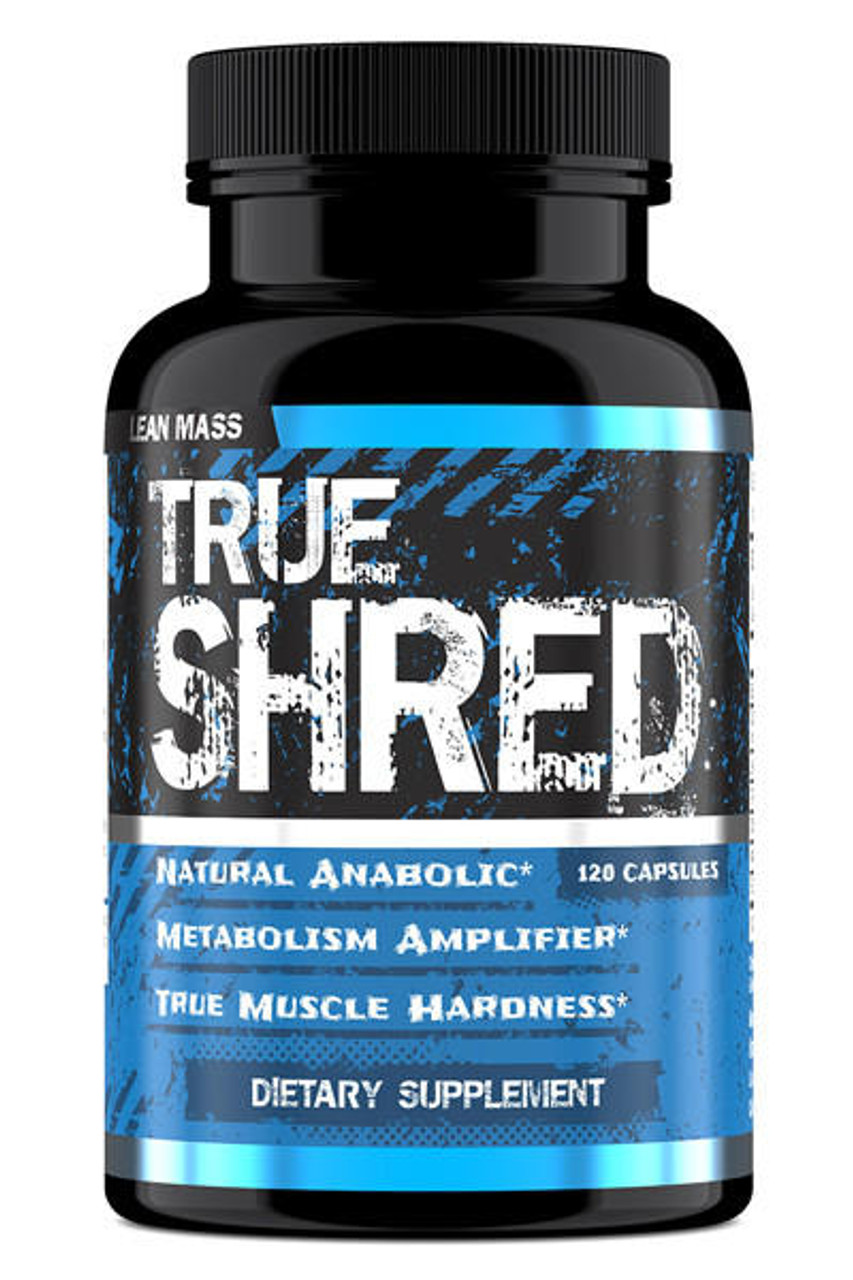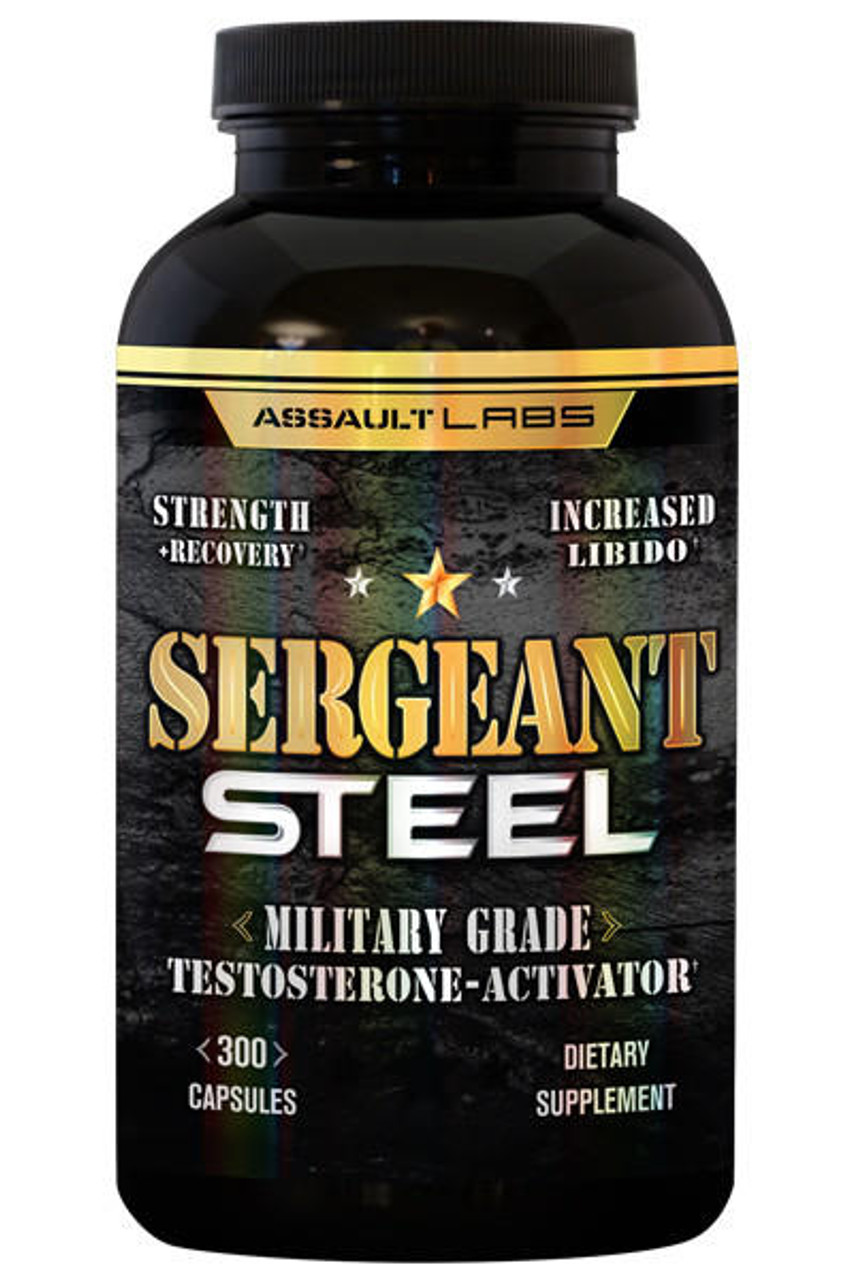Powerlifting vs Bodybuilding: What's the Difference?
Posted by Leonard Shemtob on Jun 11, 2024
When it comes to building strength and muscle, two popular options often come to mind: powerlifting and bodybuilding. Both disciplines require dedication and hard work, but they have distinct approaches, goals, and philosophies.
While powerlifting focuses on lifting heavy weights to build raw strength, bodybuilding emphasizes aesthetics and muscle definition. But what's the difference between these two strength sports, and which one is right for you?
In this article, we'll delve into the key differences between powerlifting and bodybuilding, helping you make an informed decision about which path to take.
[Related Articles]
Short Summary
- Powerlifting vs. Bodybuilding: Unveiling the Differences: This article clarifies the distinct goals and training approaches between powerlifting and bodybuilding.
- Training Styles Demystified: We explore the training methods used in both powerlifting and bodybuilding to achieve their specific goals.
- Competitions: Powerlifting competitions test maximum strength in the squat, bench press, and deadlift. Bodybuilding competitions judge the overall muscle size, symmetry, and definition through posing routines.
- Diet and Nutrition: Powerlifters often prioritize calorie and protein intake to support strength gains, while bodybuilders follow strict diets to reduce body fat and enhance muscle definition.
- Benefits: Powerlifting improves functional strength and overall power, beneficial for everyday activities and other sports. Bodybuilding enhances muscle mass and physique, promoting overall body aesthetics and muscle endurance.
- Finding Your Perfect Fit: Gain insights on how to choose between powerlifting and bodybuilding based on your fitness aspirations.
- Ready to start your powerlifting or bodybuilding journey? Get our top recommended pre-workout for both your journey, Wild Thing, and begin your transformation today!
What is Powerlifting?
Powerlifting is a strength sport that centers on three key exercises: the squat, the bench press, and the deadlift. The main objective is to lift the heaviest possible weight in each of these exercises.
During competitions, athletes get three attempts at each lift, and their highest successful lift in each exercise is totaled to determine their overall score.
Training in powerlifting focuses on increasing strength in these three movements. Workouts typically involve lifting heavy weights with fewer repetitions to build muscle and improve how efficiently the muscles and nerves work together.
Benefits of Powerlifting
Increased Strength: Powerlifting focuses on major muscle groups, significantly boosting your overall strength. This increase in strength can help with everyday tasks and improve performance in other sports.
Muscle Growth: Regular powerlifting training helps build and maintain muscle mass. This can lead to a more muscular and toned physique.
Better Bone Density: Lifting heavy weights regularly can increase bone density, reducing the risk of osteoporosis and fractures. This makes powerlifting particularly beneficial for long-term bone health.
Sharpen Your Mind: Powerlifting isn't just physical. It demands mental focus and discipline to master proper form and push your limits safely. This translates to a stronger mind outside the gym, improving your concentration and willpower.
Community and Support: The powerlifting community is known for being supportive and encouraging. Whether you train at a gym or compete, you'll find a network of like-minded individuals who can motivate and inspire you.
Functional Fitness: The movements in powerlifting mimic everyday activities, such as lifting heavy objects, standing up, and pushing things. This means the strength you gain from powerlifting can make daily tasks easier and improve your overall functional fitness.
How Do Powerlifters Train?
Powerlifters follow specific training methods to maximize their strength in the squat, bench press, and deadlift.
Here's a look at how powerlifters typically train:
Focus on the Big Three: Powerlifting revolves around the three main lifts: squat, bench press, and deadlift. Powerlifters spend the majority of their training time perfecting these lifts, as they are the core of the sport.
High Weight, Low Reps: To build maximum strength, powerlifters usually lift heavy weights for low repetitions (reps). This approach helps them develop the power needed to lift heavy weights in competition.
Progressive Overload is Key: The key to powerlifting progress is gradually increasing the weight lifted over time. This can involve adding weight to the bar, increasing training sets, or decreasing rest periods strategically.
Accessory Exercises: In addition to the big three lifts, powerlifters also do accessory exercises to strengthen supporting muscles and improve overall performance. These might include rows, pull-ups, lunges, and other compound movements.
Structured Programs: Powerlifters often follow detailed training programs that outline specific workouts, weights, and repetitions.
Rest and Recovery: Rest is crucial in powerlifting. Powerlifters ensure they have enough rest between sets and workouts to allow their muscles to recover and grow stronger.
Drawbacks of Powerlifting
- High Risk of Injury: Powerlifting involves lifting heavy weights, which can lead to injuries, especially if proper form is not maintained. Common injuries include muscle tears, joint dislocations, and broken bones.
- Overtraining: Powerlifting requires a significant amount of training, which can lead to overtraining if not managed properly. This can result in diminished muscle mass, muscle strains, joint pain, and fatigue.
- Focus on Singular Goals: Powerlifting and bodybuilding both focus on singular goals, which can neglect other aspects of overall fitness. This can lead to an imbalance in overall health and well-being.
- Time Commitment: Powerlifting training can be demanding, requiring dedication and time for proper workouts and recovery.
What is Bodybuilding?
Bodybuilding is a sport focused on developing and sculpting muscles to create a well-defined, aesthetically pleasing physique. Unlike powerlifting, which emphasizes lifting the heaviest weights, bodybuilding prioritizes muscle size, symmetry, and definition.
Bodybuilders train to achieve a balanced and proportionate body with each muscle group well-defined and in harmony with the rest. This involves a combination of weight training, cardiovascular exercise, and strict nutrition.
Training for bodybuilding involves a variety of exercises, including both compound movements and isolation exercises. Compound exercises, like bench presses and squats, work for multiple muscle groups, while isolation exercises, like bicep curls and tricep extensions, target specific muscles.
Benefits of Bodybuilding
Increased Muscle Mass: Bodybuilding is highly effective for increasing muscle size and strength. Regular weight training stimulates muscle growth, leading to a more muscular and powerful physique.
Better Metabolic Health: Building muscle mass through bodybuilding can boost your metabolism. More muscle mass means your body burns more calories at rest, helping with weight management and fat loss.
Enhanced Body Composition: Bodybuilding can help to improve body composition by increasing muscle mass and reducing body fat.
Mental Discipline: The dedication and consistency required for bodybuilding can improve mental discipline, helping you stay focused and committed to your goals.
Increased Strength: Bodybuilding involves lifting weights and performing exercises that help to increase strength and muscle power.
Community Support: Being part of the bodybuilding community can provide motivation and support from like-minded individuals who share your fitness goals.
Stress Relief: Regular exercise, including bodybuilding, can decrease stress and boost mental well-being by releasing endorphins, the body’s natural mood lifters.
How Do Bodybuilders Train?
Weight Training: Bodybuilders lift weights to target different muscle groups. Their routines include both compound exercises, like squats and bench presses, and isolation exercises, like bicep curls and tricep extensions, to ensure balanced muscle development.
Split Training: Bodybuilders often use a split training routine, which means they focus on different muscle groups on different days. For example, they might work on the chest and triceps one day, the back and biceps another, and legs on a separate day. This allows for targeted training and adequate recovery time for each muscle group.
High Repetitions and Multiple Sets: Bodybuilding routines typically involve performing a higher number of repetitions (reps) and multiple sets for each exercise. This approach helps fully exhaust the muscles, promoting muscle hypertrophy (muscle growth).
Cardio Workouts: In addition to weight training, bodybuilders often include cardiovascular exercises, such as cycling, running, or HIIT, to burn fat and enhance heart health.
Incorporating Isolation Exercises: Alongside compound movements that engage multiple muscle groups, bodybuilders perform isolation exercises to focus on individual muscles. For instance, bicep curls specifically target the biceps, enabling precise muscle growth and definition.
Progressive Overload: To continue building muscle, bodybuilders gradually increase the body weight they lift or the number of repetitions they perform. This progressive overload challenges the muscles and promotes growth.
Drawbacks of Bodybuilding
- Time-Consuming: Bodybuilding requires a significant time commitment for workouts, meal preparation, and recovery. Balancing this with other life responsibilities can be challenging.
- Potential for Injuries: Using improper form or overtraining can lead to injuries. It's important to prioritize proper technique and listen to your body for optimal results.
- Strict Dieting: Maintaining a bodybuilding diet can be restrictive and demanding. It often involves precise calorie counting, meal planning, and avoiding certain foods, which can be difficult to sustain long-term.
- Overtraining: Bodybuilders often push themselves too hard, leading to overtraining and fatigue. This can result in decreased muscle mass, muscle strain, and joint pain.
- Costly: Bodybuilding can be expensive due to the need for gym memberships, specialized equipment, supplements, and high-quality food.
Bodybuilding vs. Powerlifting: The Main Differences
Bodybuilding and powerlifting are both popular strength sports, but they have different goals, training methods, and outcomes. Here are the main differences between the two:
Goals and Focus
- Bodybuilding: The primary goal is to develop a well-defined, aesthetically pleasing physique. Bodybuilders aim for muscle size, symmetry, and definition.
- Powerlifting: The main goal is to lift the maximum amount of weight in three specific lifts: the squat, bench press, and deadlift. Powerlifters focus on building raw strength.
Training Methods
- Bodybuilding: Training involves a mix of compound and isolation exercises with higher repetitions (8-12 reps) and multiple sets. Bodybuilders often use split routines to target different muscle groups on different days.
- Powerlifting: Training focuses on the big three lifts with lower repetitions (1-5 reps) and heavier weights. Powerlifters typically use full-body or upper/lower split routines to build maximal strength.
Competitions
- Bodybuilding: Competitions involve posing routines where judges assess muscle size, symmetry, and definition. The emphasis is on the overall appearance of the physique.
- Powerlifting: Competitions test maximum strength in the squat, bench press, and deadlift. They have three attempts at each lift, and their best attempt in each lift is combined for a total score.
Nutrition
- Bodybuilding: The diet is critical and often strict, focusing on high protein intake, controlled carbohydrates, and low fats to enhance muscle definition and reduce body fat.
- Powerlifting: Nutrition aims to support strength and recovery, with an emphasis on high protein and sufficient calories. The diet may be less restrictive compared to bodybuilding.
Body Composition
- Bodybuilding: The aim is to achieve a low body fat percentage with highly defined muscles. Bodybuilders strive for an aesthetically balanced and proportional body.
- Powerlifting: While muscle mass is important, the emphasis is on functional strength rather than appearance. Powerlifters may have higher body fat percentages compared to bodybuilders, as the primary goal is lifting heavy weights.
Training Frequency
- Bodybuilding: Training often involves working out specific muscle groups over the course of a week, with a mix of isolation and compound exercises.
- Powerlifting: Training is heavily focused on the big three lifts, with accessory work to support these movements. The frequency and intensity of training are structured to maximize strength gains.
Mindset and Focus
- Bodybuilding: The focus is on the visual appeal and symmetry of the muscles. Consistency, patience, and attention to detail are crucial.
- Powerlifting: The focus is on increasing strength and lifting heavier weights. Determination, mental toughness, and proper technique are key.
Who Should Choose Which?
Bodybuilding: Ideal for those who crave a sculpted physique, enjoy exercise variety, and are willing to dedicate time to training and a potentially strict diet.
Powerlifting: Perfect for those who want to build raw strength, enjoy pushing their limits with heavy weights, and are less concerned about achieving a specific physique.
Can You Do Both?
Absolutely! Combining elements of both disciplines, also known as power building, can be a great way to build muscle and improve strength.
However, it's important to find a balance and prioritize your main goal to avoid hindering progress.
Top 5 Supplements for Powerlifting and Bodybuilding
- Wild Thing by Assault Labs – Best Pre-Workout
- AnaFuse by Vital Alchemy – Best Natural Muscle Builder
- Androvar™ by Hard Rock Supplements – Best Hormonal Muscle Builder
- True Shred by Hard Rock Supplements – Best Cutting Supplement
- Sergeant Steel by Assault Labs – Best Testosterone Booster
1- Wild Thing by Assault Labs
Wild Thing is a pre-workout crafted to help you reach your fitness goals. Wild Thing is formulated with essential amino acids, creatine, and other key nutrients to support your muscles during intense workouts.
Plus, it includes cutting-edge nootropics to sharpen your focus and enhance workout energy. Featuring a unique caffeine blend, including patented ZumXR® & Infinergy®, Wild Thing delivers both an immediate energy boost and sustained performance throughout your entire workout.
Key Benefits
- It increases your energy.
- It enhances your focus.
- It boosts your strength.
- It improves muscle pumps.
- It helps increase your endurance.
- It boosts your mood.
- It reduces muscle fatigue.
- It supports your cognitive functions.
Key Ingredients
- DiCitrulline Malate/Infinergy®
- Beta-Alanine
- Alpha-Glyceryl Phosphoryl Choline
- Agmatine Sulfate
- Creatine Anhydrous
- L¬-Glutamine
- Choline Bitartrate
- Caffeine Anhydrous
- L¬-Tyrosine
- L-Norvaline
- ZumXR®
- Huperzine A
- Infinergy®
- Cocoabuterol®
- Thinkamine®
Customer Reviews
 Best on Market
Best on Market
“Gives you the right amount of kick, without any of the drawbacks. Perfect”
-Tyler R.
 Weight are on full focus
Weight are on full focus
“Single scoop is good, focus and keeps you going. 2 scoops? OMG insane focus. I never lost mind/body connection because/IF it was too much! Max rep EVERY time !”
-Juan G.
 Wild Thing
Wild Thing
“Good flavor and great energy boost.”
-Paige T.
2- AnaFuse by Vital Alchemy
Anafuse is a dual-agent bulking stack designed to help individuals add muscle mass and maintain it. The supplement combines recently discovered anabolics to create a muscle-building synergy that can help individuals achieve their fitness goals.
The formula includes a combination of anabolics that work together to promote muscle growth and strength, without the negative side effects often associated with anabolic supplements.
Anafuse is formulated to provide all the necessary factors for adding lean, hard muscle mass to the body, making it a comprehensive solution for those looking to bulk up.
Key Benefits
- It increases your mass gains.
- It helps reduce body fat.
- It enhances muscle endurance.
- It improves muscle hardness.
- It boosts your strength.
- It helps increase muscle pumps.
- It speeds up muscle recovery.
- It reduces muscle soreness.
Key Ingredients
- Epicatechin
- Ajuga Turkestanica
- HICA
- Eriobotrya Japonica
- Vitamin D3
- Quercetin
Customer Reviews
 Excellent product
Excellent product
“I have been taking this for a week now and have already seen an increase in size without any water weight. My workouts have been more intense as i am finding it harder to wear myself out.”
-Brandon A.
 Excellent
Excellent
“Provides the ability to progress faster.”
-Scott C.
 Muscle pump
Muscle pump
“Well stack with alpha 7 and I can tell my muscle definition and it seems I can go for extra reps or extra weight!! & not Feel super sore the next couple days!!”
-Juan G.
3- Androvar™ by Hard Rock Supplements
Androvar is a supplement designed to provide a range of benefits for individuals looking to improve their muscle mass, strength, and overall physique. The supplement contains Epiandrosterone, a compound that converts into Stanolone in the body, which is known for its strong androgenic effects.
Androvar™ provides the proper dosage of Epiandrosterone for the optimal duration, a unique feature not found in other products. In addition to promoting dry gains, Epiandrosterone does not convert to estrogen and may help reduce estrogen levels in the body, aiding in shedding stubborn body fat and water weight.
Epiandrosterone's profound effects include increased muscle density and enhanced strength, resulting in fuller and rock-solid muscles.
Key Benefits
- It increases lean muscle mass.
- It enhances muscle hardness.
- It boosts strength.
- It improves fat loss.
- It improves muscle definition.
- It improves vascularity.
- It helps increase your training intensity.
- It enhances muscle pumps.
Key Ingredients
- Epiandrosterone
Customer Reviews
 Great Muscle ******
Great Muscle ******
“Awesome product, I have not found a better Pro hormone on the market . Gained 10 pounds of muscle in 2 months. Still his pro hormone will make your muscle rock hard not just put a bunch of water in them !! Awesome supplement !!”
-Gregory W.
 Excellent high end energy
Excellent high end energy
“This makes testosterone much more usable and stronger. It improves energy, motivation, vascularity and mood.”
-gem c.
 Great Product.
Great Product.
“Hands down one of the best if not the best epiandro supplements I have ever used in a long time. Beast Mode!!!”
-Kirk
4- True Shred by Hard Rock Supplements
True Shred is a cutting agent that combines natural anabolics and hormone enhancers to support muscle hardening, growth, and testosterone support. It also includes growth hormone support and metabolism boosters to help individuals achieve a lean, hard, and chiseled physique.
The supplement is designed to provide a comprehensive solution for cutting cycles, eliminating the need for separate on-cycle and post-cycle supplements.
Key Benefits
- It increases muscle hardness.
- It enhances muscle lean muscle mass.
- It boosts your strength.
- It helps reduce body fat.
- It improves vascularity.
- It boosts your testosterone.
- It enhances your endurance.
- It increases your metabolism.
Key Ingredients
- 7-Keto DHEA
- Colostrum
- Bulbine Natalensis
- Chinese Smilax/Laxogenin
- L-Norvaline
- T2
- Androsta-3, 5-diene-7, 17-dione
Customer Reviews
 True shread
True shread
“I had noticed strength gains starting around 2.5week mark.i also leaned out. I will definitely take this again.”
-Matt I.
 True shred
True shred
“I’ve been using it for about two week, have seen some different in my cardio/muscle endurance. I am a Tactical Fitness specialist . Awesome turn around on purchasing and receiving the product.”
-Ronald P.
 Mean machine
Mean machine
‘This product is off the charts I've been using it for 4 years now off and on cycling but true effects and hard work”
-Power
5- Sergeant Steel by Assault Labs
Sergeant Steel is a testosterone booster that combines 16 effectively dosed ingredients to help increase testosterone levels. The supplement is designed to provide a surge of testosterone, which can help support muscle growth, strength, and endurance.
The formula includes a range of ingredients that work together to support hormone production and overall well-being. This can help individuals experience improved muscle mass, strength, and libido.
Key Benefits
- It increases your testosterone.
- It enhances nitric oxide levels.
- It boosts your overall mood.
- It helps enhance muscle mass.
- It reduces estrogen and cortisol levels.
- It accelerates muscle recovery.
- It boosts your strength.
- It helps improve strength.
- It boosts your libido.
Key Ingredients
- D-Aspartic Acid
- KSM-66® Ashwagandha Root Extract
- Mucuna Pruriens
- Nettle Extract
- Fenugreek
- Shilajit
- LJ100
- Dehydroabietic Acid (DHAA)
- Tribulus Extract
- Maca Extract
- Boron
Customer Reviews
 **** yeah
**** yeah
“It works for me! I noticed after a few days! I'll be ordering more!”
-Timothy W.
 Top of the Line
Top of the Line
“Have been using this quality supplement for a long time and have been completely satisfied with the results it gives. The strength, pumps, vascularity, the blood flow and muscle ****** I have seen. Thank you Assault Labs for another fine product.”
-D.B.
 Amazing
Amazing
“Amazing test booster”
-Oliver g.
FAQs: Powerlifting Vs Bodybuilding
Q: I'm a beginner. Which is better for me, powerlifting or bodybuilding?
A: Both can be great for beginners! Powerlifting focuses on proper form and technique for the squat, bench press, and deadlift, which can be a valuable foundation for any fitness journey.
Bodybuilding offers a variety of exercises to target different muscle groups and build a well-rounded physique. Ultimately, the best choice depends on your goals.
Q: Which one is better for building muscle?
A: Both powerlifting and bodybuilding can help build muscle, but bodybuilding typically focuses more on muscle growth and hypertrophy. Powerlifting can also build muscle, but the focus is more on strength gains.
Q: What is the difference between powerlifting and bodybuilding?
A: Powerlifting and bodybuilding are both forms of strength training, but they have distinct goals and training methods. Powerlifting focuses on lifting the maximum amount of weight in three specific lifts: the squat, bench press, and deadlift, aiming to build raw strength.
Bodybuilding, on the other hand, is focused on developing muscle size, symmetry, and definition for aesthetic purposes.
Q: Can I do both powerlifting and bodybuilding?
A: Yes, it is possible to incorporate elements of both powerlifting and bodybuilding into your training routine. This approach, often referred to as hybrid training, allows you to benefit from both the strength and muscle-building aspects of each discipline.
Q: How do I choose between powerlifting and bodybuilding?
A: Consider your goals, training style, and competition interests. If you're focused on lifting the heaviest weights possible, powerlifting might be a good fit.
If you're interested in building muscle and improving your physique, bodybuilding could be the better choice.
Q: Is Bodybuilding Better Than Powerlifting?
A: It depends on your fitness goals. Bodybuilding focuses on developing a well-defined, aesthetically pleasing physique, while powerlifting emphasizes lifting the heaviest weight possible. Choose the discipline that aligns best with your objectives.
Q: Is Powerlifting Harder Than Bodybuilding?
A: Powerlifting can be more challenging than bodybuilding in terms of the physical demands of lifting heavy weights. However, bodybuilding requires a high level of dedication and consistency to achieve the desired physique. Both sports have their own unique challenges and difficulties.
Q: Are Powerlifters or Bodybuilders Stronger?
A: Powerlifters are typically stronger in terms of pure strength, as powerlifting competitions focus on lifting the heaviest weights possible in three specific lifts: the squat, bench press, and deadlift.
On the other hand, bodybuilders focus on muscle size, symmetry, and definition, which may not directly correlate with pure strength.
Conclusion
In the world of strength sports, the choice between powerlifting and bodybuilding ultimately comes down to your personal goals, preferences, and lifestyle.
If you're focused on lifting the heaviest weights possible and maximizing your strength, powerlifting might be the right fit for you. On the other hand, if your goal is to sculpt a well-defined, aesthetically pleasing physique, bodybuilding could be the better choice.
Both disciplines offer unique benefits and challenges, and many athletes find that incorporating elements of both into their training routines allows them to enjoy the best of both worlds.
Ultimately, whether you choose powerlifting, bodybuilding, or a combination of both, the most important thing is to find a fitness approach that motivates and excites you on your journey to achieving your fitness goals.
Sources:
https://www.healthline.com/nutrition/powerlifting-vs-bodybuilding
https://www.tuffwraps.com/blogs/news/powerlifting-vs-bodybuilding
https://www.boostcamp.app/blogs/powerlifting-vs-bodybuilding-1
https://www.blkboxgym.com/blog/bodybuilding-vs-powerlifting
Written and Sponsored by Leonard Shemtob
Leonard Shemtob is President of Strong Supplements and a published author. Leonard has been in the supplement space for over 20 years, specializing in fitness supplements and nutrition. Leonard appears on many podcasts, written over 100 articles about supplements and has studied nutrition, supplementation and bodybuilding.
Leonard's articles have been published in many top publications around the web. Leonard enjoys weight training, playing basketball and yoga, and also enjoys hiking. In his free time he studies and works on improving himself. For more detailed information, visit his official blog.

